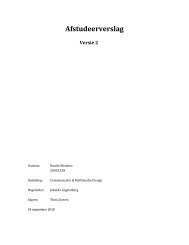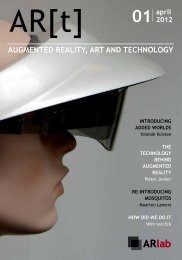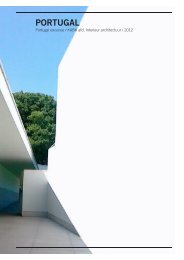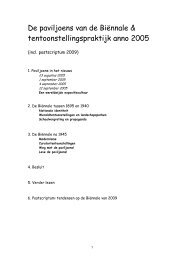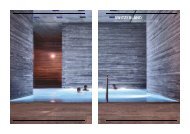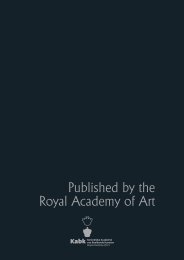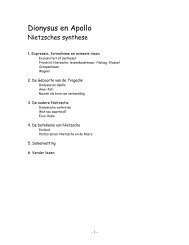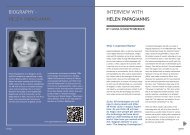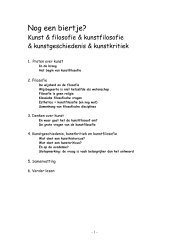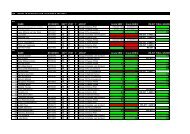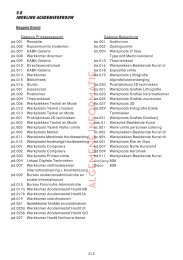FASHION/TEXTILES/ACCESSORIES VISUAL COMMUNICATION INDUSTRIAL ...
FASHION/TEXTILES/ACCESSORIES VISUAL COMMUNICATION INDUSTRIAL ...
FASHION/TEXTILES/ACCESSORIES VISUAL COMMUNICATION INDUSTRIAL ...
Create successful ePaper yourself
Turn your PDF publications into a flip-book with our unique Google optimized e-Paper software.
14 MIXED TREND MIXED TREND 15NATURAL TECHNIQUESFOR SYNTHETICSHandwork on industrial materials / Individual / Sustainable / DIY aestheticMAKE&BREAK‘The Make&Break stools form a part ofthe Make&Mold series—a process-basedconcept where industrial mould principlesare reclaimed and translated into a DIYprocess. The series is made from recycledpolypropylene granulate and the processmakes it possible to create individualobjects within the basic mould shape,meaning no two pieces are identical.’Rutger de Regt, Royal Academy of Art, The Haguerutgerderegt.comFOAM PANORAMA‘Foam Panorama is a sculptural workcreated as a site specific, real timeperformance. The work aims to capture/record/manifest a specific moment ofattention, using the audience and expandedfoam as a medium. A hot wire is stretchedfrom a fixed point in the centre of the foamblock, while the other edge is ‘scanning’the radial landscape around it. The wire isslicing through the EPS foam block, leavinga morphological trace of silhouettedfigures.’ Sculpture without the chisel.Yoav Reches, Royal College of Artyoav-reches.comPRECIOUS WASTE‘My goal was to alter plastic shopping bagsin a way that would make the material lastlonger, while remaining recyclable. This ledto ‘Precious Waste’, a textile made entirelyout of used plastic shopping bags that werespun into yarns and then woven. The plasticshopping bag can be transformed by purehandwork into a beautiful and strong material,suitable for a wide range of purposes. Whenthis textile is eventually worn out it can still berecycled in the conventional way, because it’snot a mixed material and can become a newproduct once again.’Michelle Baggerman, Design Academy Eindhovenbureaubaggerman.nlPhoto: copyright Michelle BaggermanTURNING YTONG‘This research arose from experiments withYtong (autoclaved cellular concrete) and itsuse in industry. Bowls became the chosen formfor my experiments. Foremost in my mindwere the lightness of Ytong, its aesthetics andthe elegance of its aeration and colour.‘I wanted to find a way to exploit the insulationproperties of the material - for example,serving hot food so that the outside of the dishcan be comfortably held in one’s hand.‘In terms of form, I sought to design thickbowls, with wide lips in order to suggest weightand volume and create surprise when one liftsthe dish and discovers its lightness. The finenessof the lip and edges is intended to accentuatethe material’s delicacy and fragility.’Maia Halter, Bezalel Academy of the Arts, Jerusalemmaiahalter.comPhoto: Oded Antman



